Buckle up, folks! We’re diving into the world of automotive safety features, where seat belts are just the tip of the iceberg. Modern cars are equipped with multiple innovative technologies designed to keep you safe on the road. Here are nine cutting-edge safety features that can save your life.
Automatic Emergency Braking (AEB)
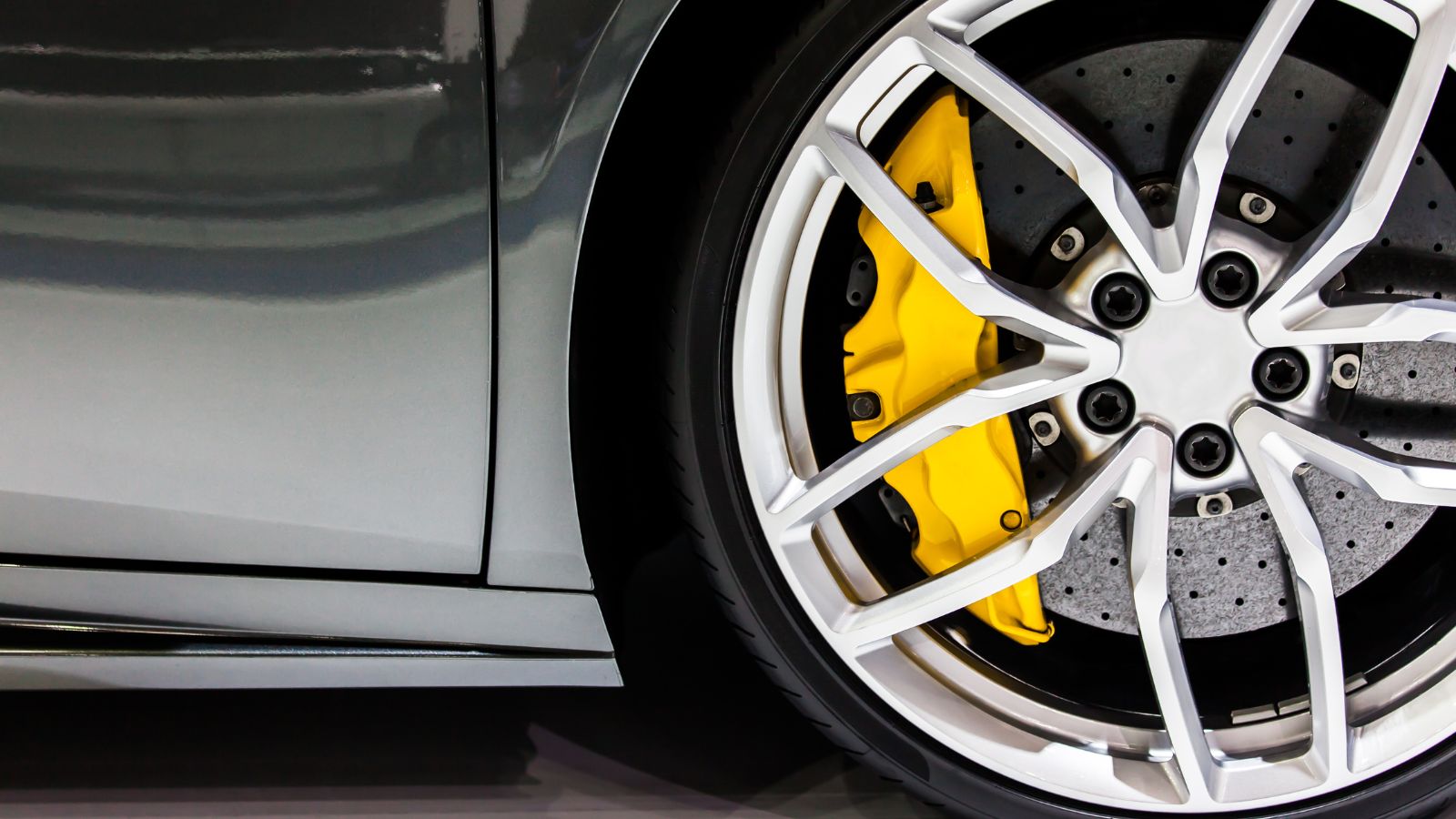
Automatic Emergency Braking systems use sensors, like radar or cameras, to detect imminent collisions with vehicles, pedestrians, or objects. When a potential collision is detected, the car applies brakes automatically. Studies have shown that AEB systems can significantly reduce the frequency and severity of rear-end collisions, making them a crucial safety feature in modern cars.
Lane Departure Warning (LDW) and Lane Keeping Assist (LKA)
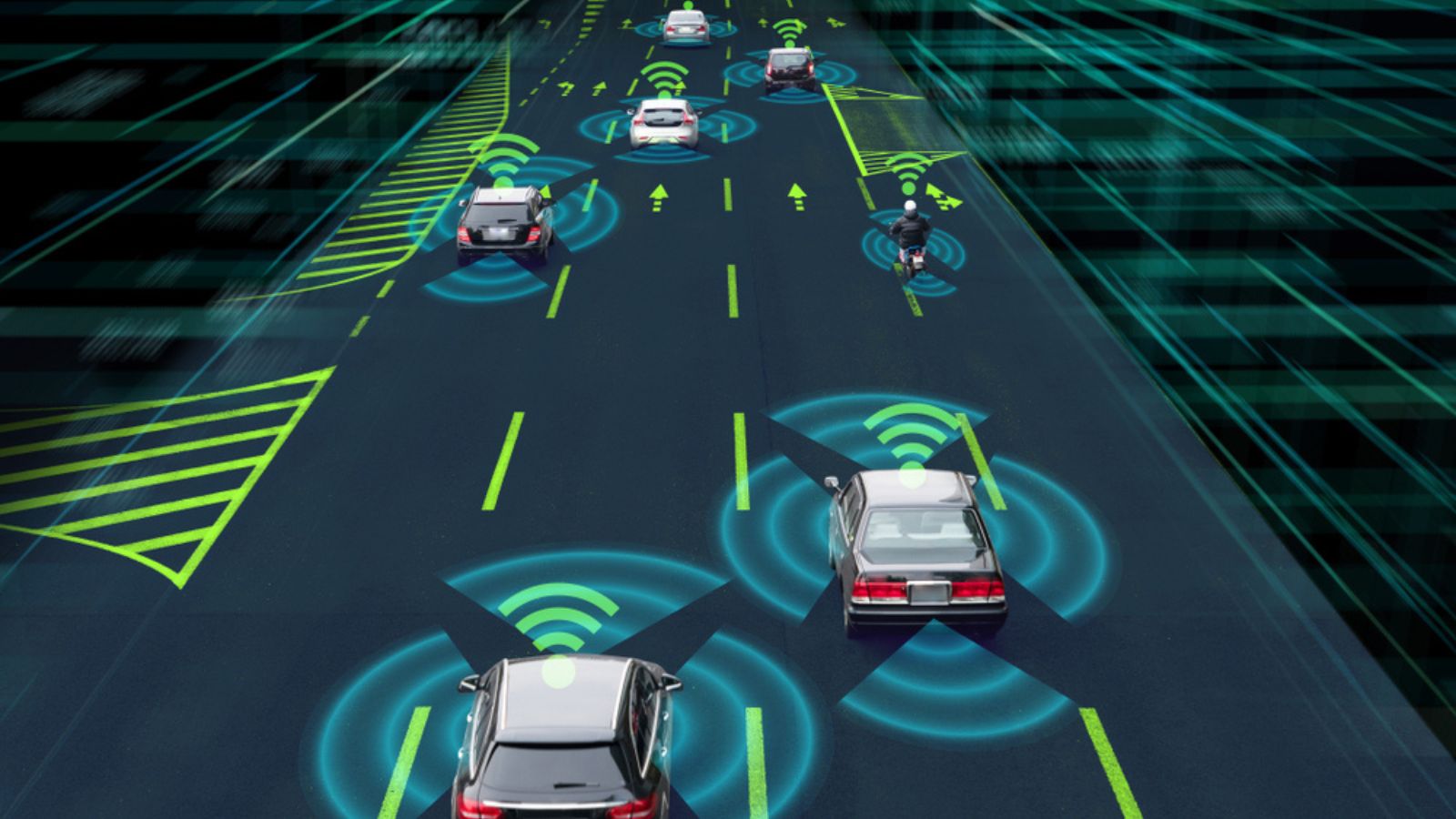
Lane Departure Warning systems monitor a vehicle’s position within its lane and notify the driver if it accidentally drifts out of its lane. Lane-keeping assist systems build upon this by automatically guiding the vehicle back into its lane if the driver doesn’t react to the warning. These features help prevent accidents caused by drowsy driving, distraction, or momentary lapses in attention, enhancing overall road safety.
Adaptive Cruise Control (ACC)

This special feature goes beyond traditional cruise control by automatically adjusting the vehicle’s speed to maintain a safe distance from the vehicle ahead. It is like having a chilled-out road trip buddy who’s always got your back… and your front! It’s the ultimate lazy driver’s dream—no more constant pedal pushing or speedometer watching. Just sit back, relax, and let ACC handle the heavy lifting… or, should we say, the gentle braking?
Blind Spot Monitoring (BSM) with Rear Cross-Traffic Alert (RCTA)
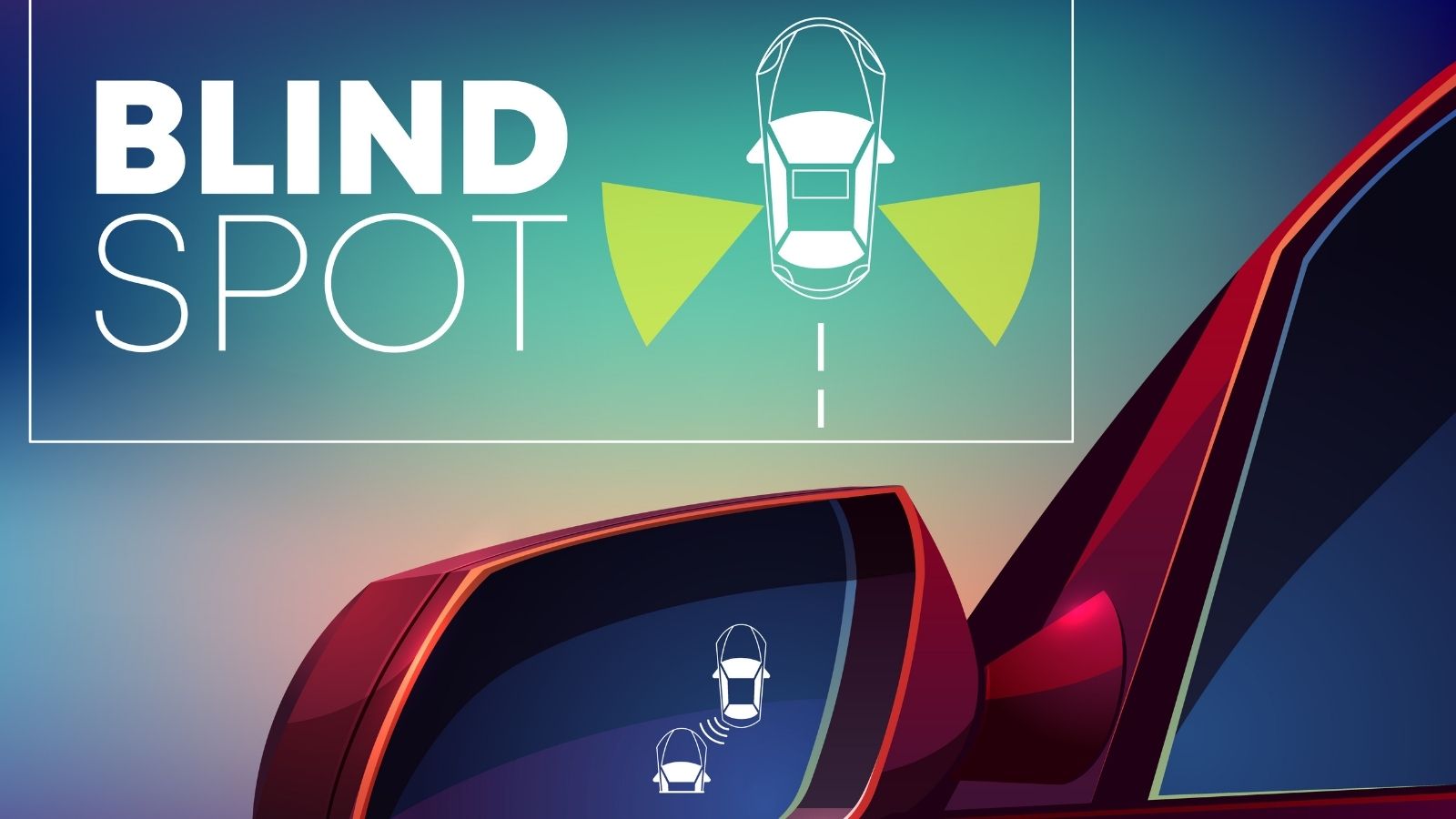
Blind Spot Monitoring systems employ sensors to identify vehicles in adjacent lanes that might escape the driver’s view. Upon detecting a vehicle in the blind spot, the system issues visual or audible alerts, prompting the driver to inspect their blind spot before changing lanes. In contrast, Rear Cross-Traffic Alert expands upon this capability by notifying drivers of approaching vehicles while reversing out of parking spaces, mitigating the chances of accidents in parking lots and driveways.
Forward Collision Warning (FCW) with Pedestrian Detection
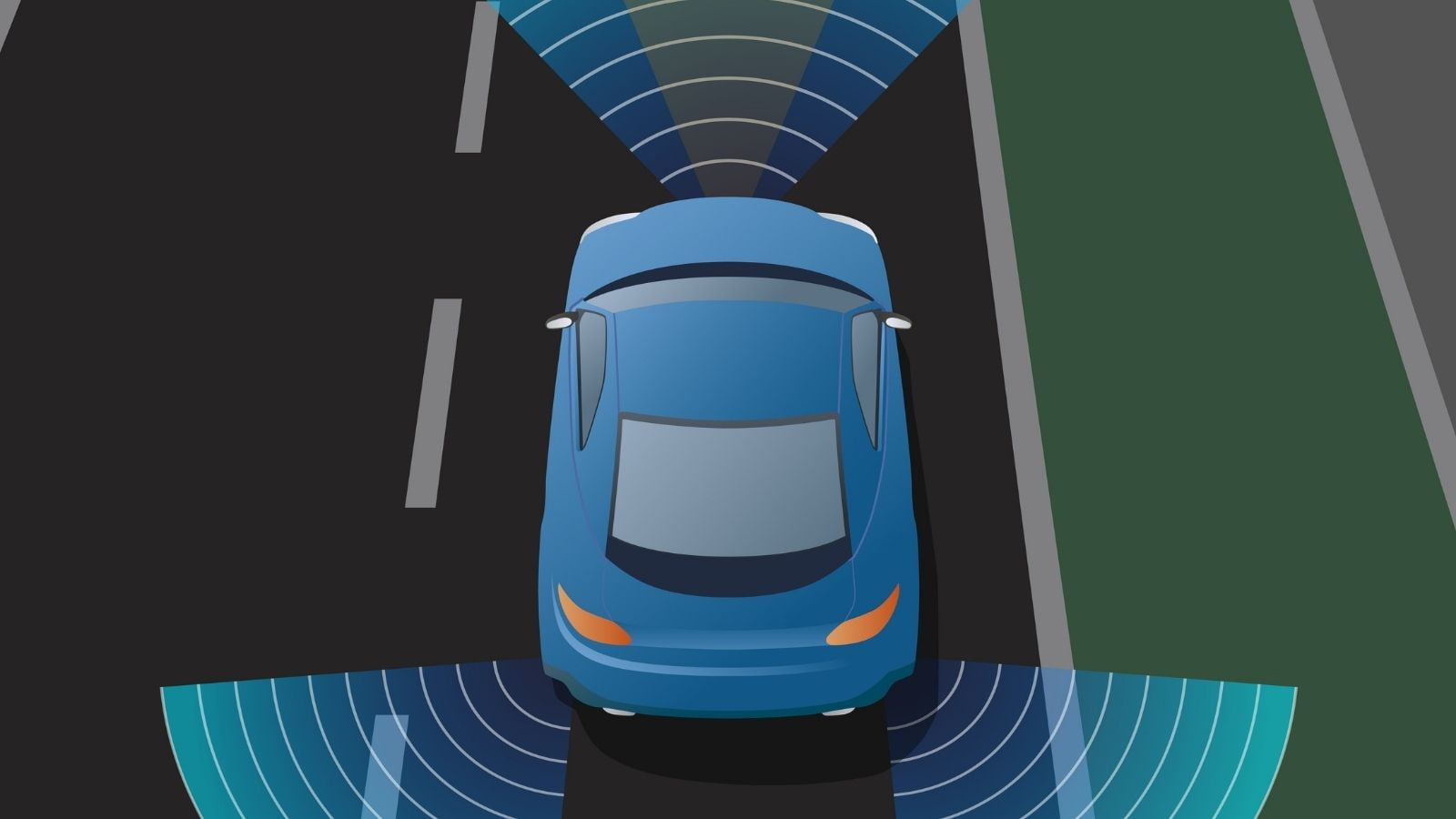
Forward Collision Warning systems monitor the road ahead for potential collisions with vehicles or pedestrians. When a collision risk is detected, the system alerts the driver, giving them time to react and take evasive action. Some advanced systems can even autonomously apply the brakes if the driver doesn’t respond.
Electronic Stability Control (ESC)
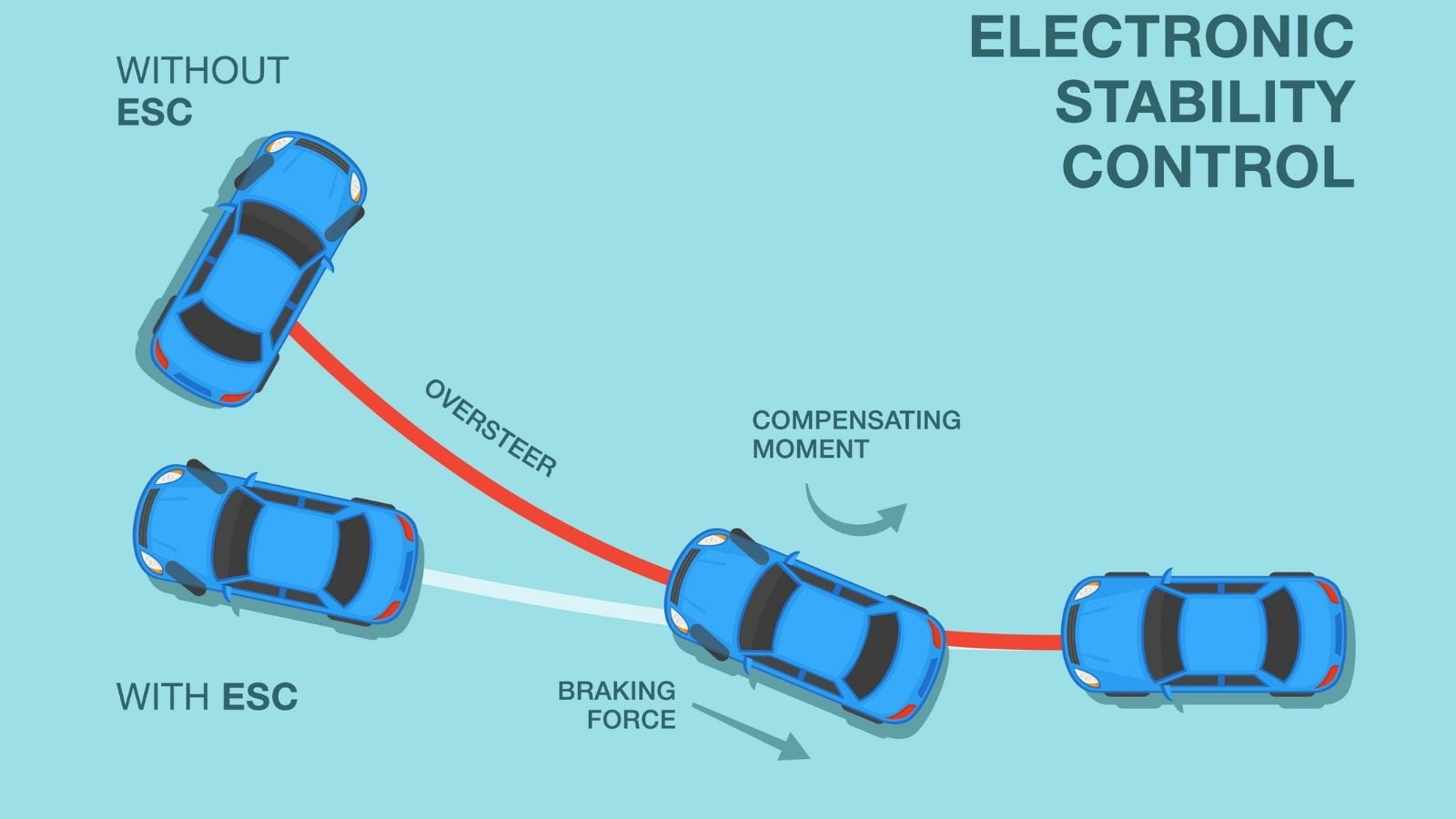
Electronic Stability Control (ESC) helps drivers retain control of their vehicles during critical maneuvers or when faced with slippery road surfaces. Through the automatic application of brakes to specific wheels and adjustment of engine power, ESC avoids skidding and mitigates the loss of control, reducing the likelihood of rollovers and collisions. Mandated in new vehicles across numerous regions, ESC has earned recognition for its demonstrated efficacy in curbing accidents and fatalities. It is a guardian angel for your car’s steering wheel.
Tire Pressure Monitoring System (TPMS)
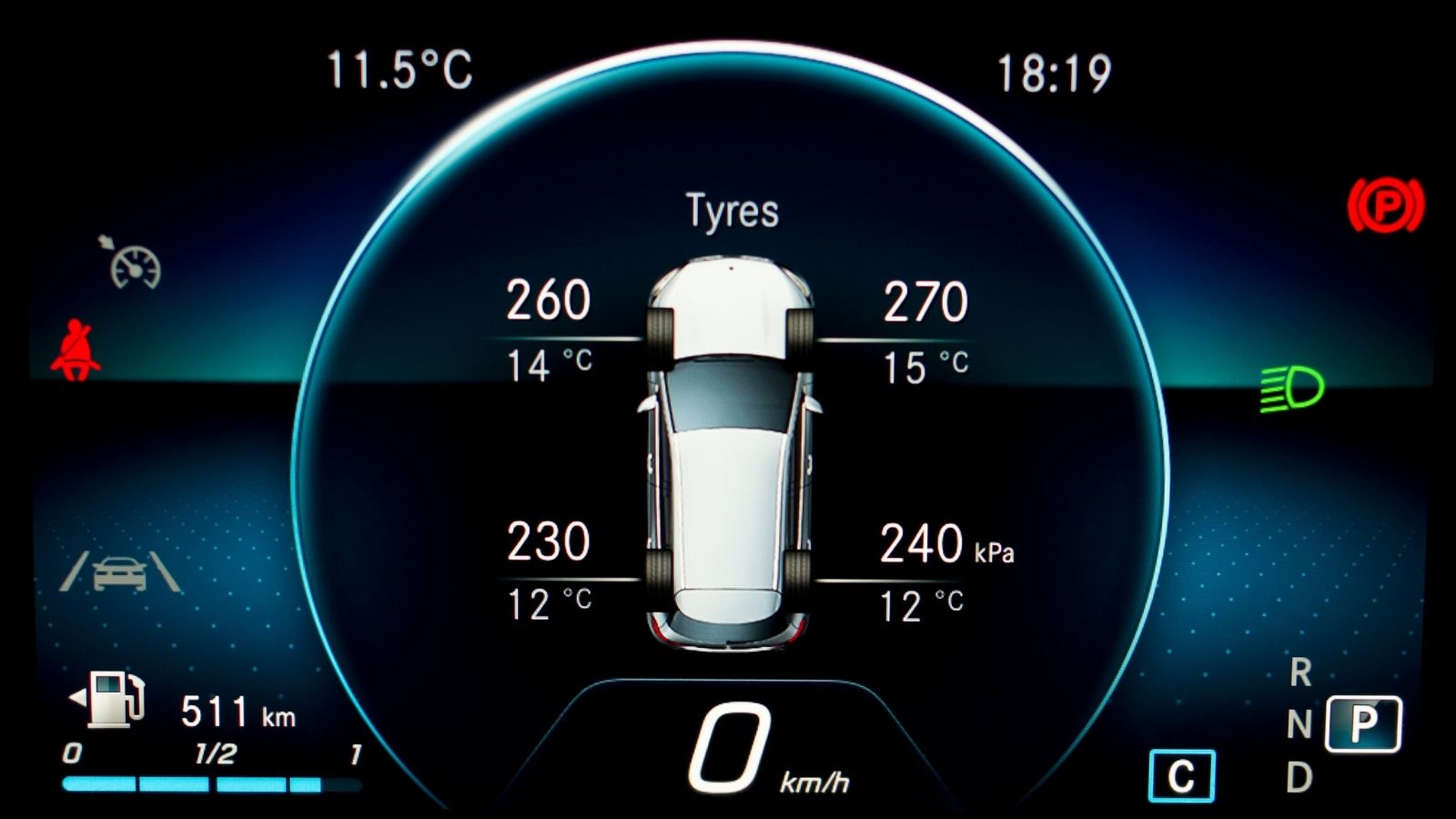
The now essential system continuously monitors the air pressure in each tire and alerts the driver if any tire is significantly underinflated. Proper tire inflation is critical for safe handling, fuel efficiency, and tire longevity, making TPMS a valuable safety and maintenance feature. By helping drivers maintain optimal tire pressure, TPMS reduces the risk of tire blowouts, which can lead to loss of control and accidents.
Adaptive Headlights

Adaptive Headlights adjust their beam patterns and direction based on vehicle speed, steering angle, and road conditions to improve visibility while driving at night or in inclement weather. By illuminating the road ahead more effectively, especially around curves and corners, adaptive headlights enhance driver awareness and reduce the likelihood of accidents. Like trusty sidekicks, they adjust their angle to light up the road ahead. So go ahead, embrace the darkness, knowing that your adaptive headlights have your six… or rather, your 360.
Driver Monitoring Systems (DMS)

Driver Monitoring Systems use cameras and sensors to monitor driver behavior, such as eye movement, head position, and drowsiness. They are like having a helpful backseat driver! If you start nodding off or daydreaming about pizza, it’ll give you a gentle reminder to focus on the road. It’s like having a personal cheerleader, but instead of rooting for you to finish that marathon, they’re rooting for you to keep your hands at 10 and 2.
18 Most Disappointing Cars of the Decade – And Why They Failed

The last decade has seen many novel inventions in the auto industry, including technologies in both the gasoline-powered and electric vehicle spaces. Each has had its triumphs and tribulations, contributing to the industry’s evolution. Some have had the most ambitious beginnings but have been out-maneuvered, whereas others have stopped production for strategic reasons to mobilize other models. Here is a list of the 18 most disappointing cars of the decade. 18 Most Disappointing Cars of the Decade – And Why They Failed
